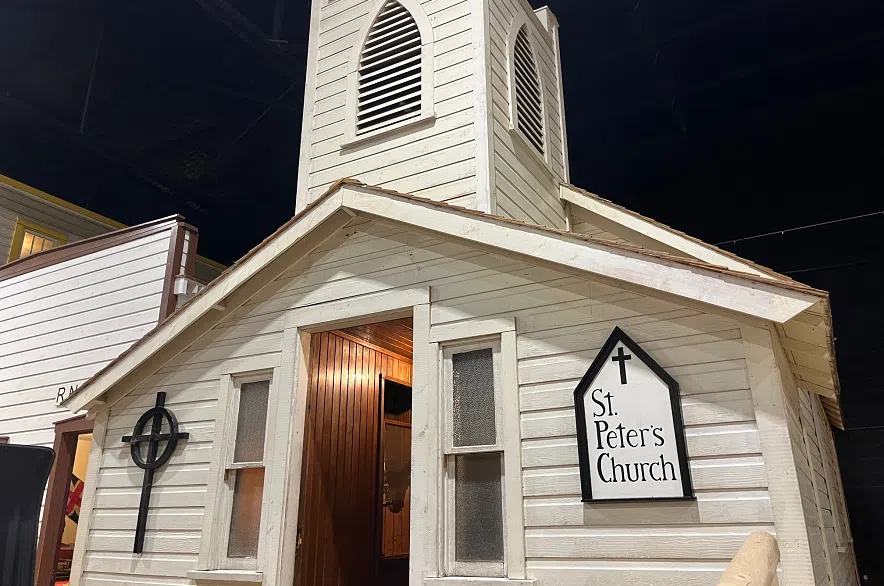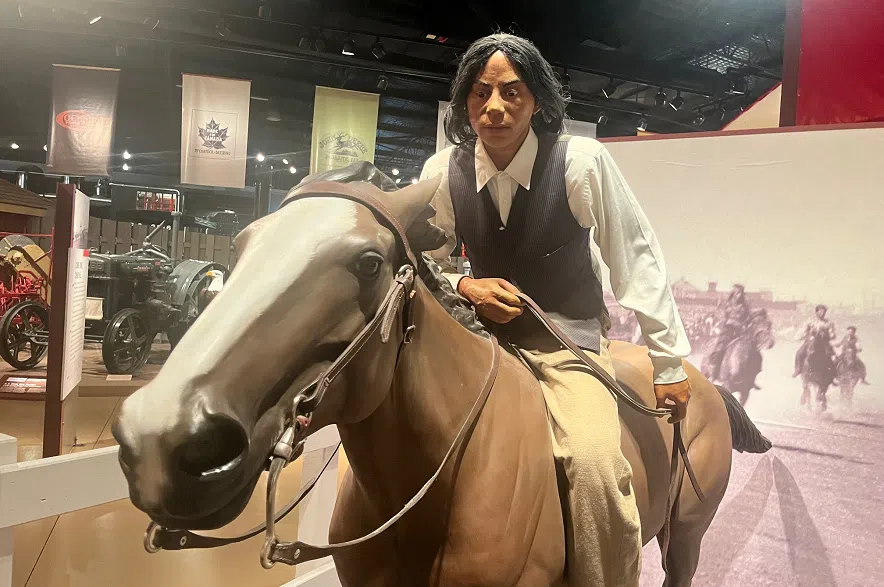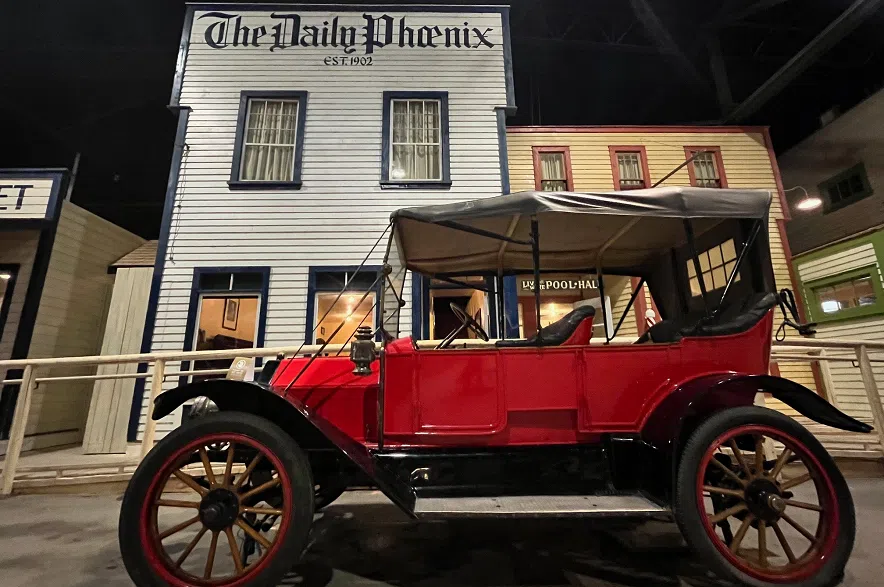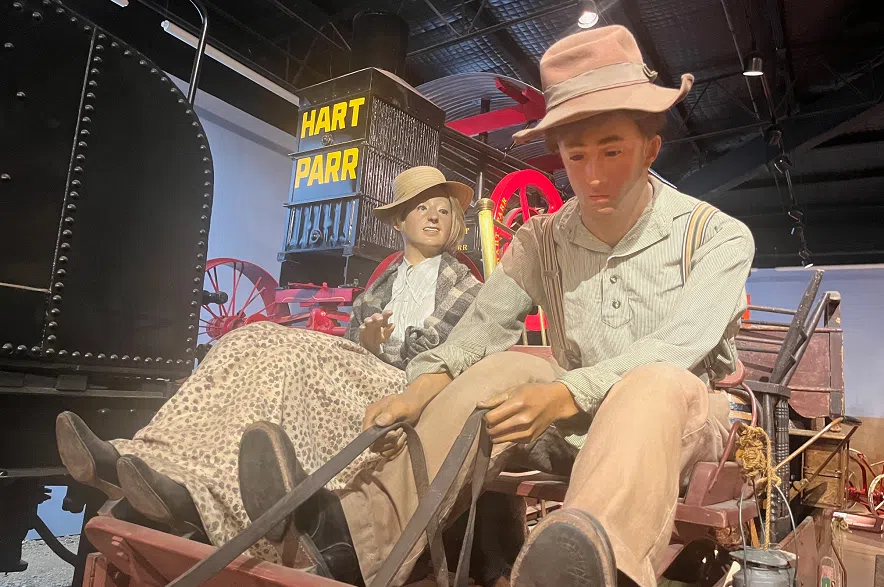For 75 years, the Western Development Museum has been home to some of the richest parts of Saskatchewan’s history, sharing the stories of those who have called the province home.
The Government of Saskatchewan proclaimed April 2 as Western Development Museum Day to help celebrate the milestone.
According to the provincial government, the museum was established on April 2, 1949, when the legislature passed the Western Development Museum Act.
Corinne Daelick, a content specialist with the museum, said it originally showcased the province’s agricultural history through displays of farm equipment used in the early 1920s.
Stories about innovation and diverse groups living in Saskatchewan were also added to the museum over the years, she explained.
One of the most famous parts of the Western Development Museum in Saskatoon is its Boomtown, which represents what a small town in Saskatchewan looked like around 1910.
READ MORE:
- ‘A piece of nostalgia:’ WDM’s over 30-year-old Eaton’s Christmas exhibit still drawing crowds
- Festival of Trees lights up Saskatoon for 38th year
- Ukrainian art display shines through Saskatoon museum
Replica buildings, including a schoolhouse, fire hall and drug store, can be found throughout the museum. The Boomtown display also includes St. Peter’s Anglican Church, which isn’t a replica but an authentic church that was moved into the museum from Young, Sask.
Daelick said people still get married in the church today.

St Peter’s Church was brought into the Western Development Museum from Young, Sask. (Mia Holowaychuk/650 CKOM)
Another prominent exhibit was curated in partnership with Whitecap Dakota First Nation after its involvement in Pion-Era, a summer heritage exhibition organized by the Western Development Museum for Saskatchewan’s Golden Jubilee.
The Western Development Museum also has a location in North Battleford, which features an outdoor village along with one of the museum’s largest artifacts, a grain elevator.

An exhibit co-curated with Whitecap Dakota First Nation showcases its involvement in Pion-Era. (Mia Holowaychuk/650 CKOM)
“It’s a very neat and special place,” Daelick said.
The Moose Jaw location holds some of the largest exhibits in the collection, including planes trains and automobiles.
The museum’s location in Yorkton has a heavy focus on Saskatchewan families and immigration.
There, an exhibit named ‘In a Prairie Attic: Blandon Family Toys,’ displays more than 200 toys from a Saskatchewan family with seven children. It provides insight into what life was like in the prairies throughout the 1900s.

The Western Development Museum holds exhibits that showcase what life was like on the prairies in the 1900s. (Mia Holowaychuk/650 CKOM)
Daelick said the goal of the museum is to tell even more stories about the people of Saskatchewan and the province they call home.
“Seventy-five years of sharing those stories and celebrating Saskatchewan,” Daelick said. “We love doing it.”












